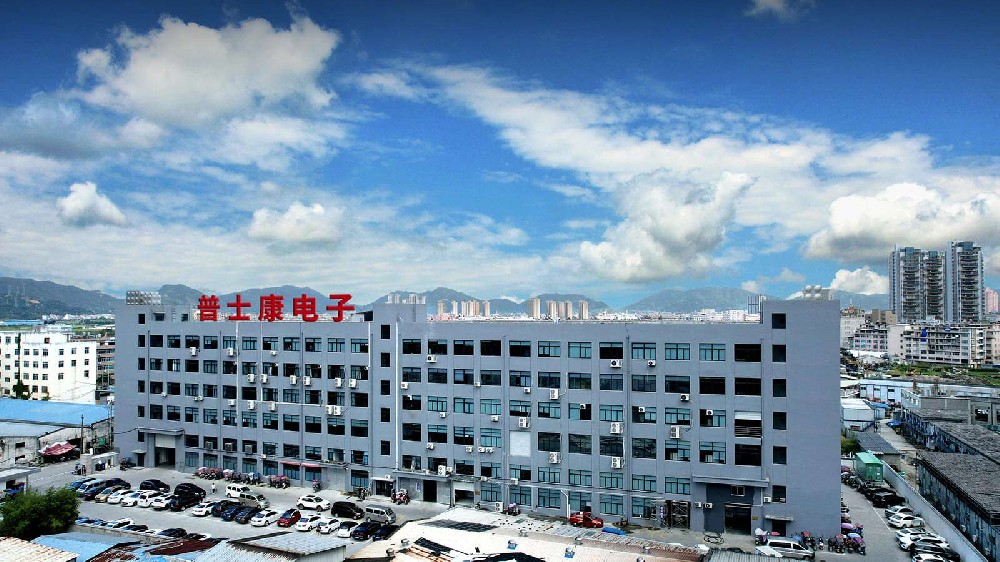
In the field of connectors, FFC connectors and FPC connectors are often confused. Although both are flexible cable connectors, FFC connectors and FPC connectors are still different to a certain extent. FFC is a Flexible Flat Cable connector, and FPC is a Flexible Print Circuit. In terms of the manufacturing of the two, the way they form the circuit is different.FPC is a flexible circuit board with different single-sided double-sided and multi-layer structure after FCCL(flexible coppered foil) is treated by chemical etching. FFC is a flat copper foil sandwiched between two layers of insulating foil film, the finished product is simpler and thicker. Strictly speaking, natural FFC is much cheaper, and considering the production cost, more companies prefer to use FFC related designsFFC connector is a new type of data cable made of PET insulation material and extremely thin tin-coated flat copper wire, pressed together by high-tech automation equipment production line, with soft, bending and folding at will, thin thickness, small size, simple connection, convenient disassembly, easy to solve electromagnetic shielding (EMI).
With the continuous development of science and technology, 3C products are constantly updated, major mobile phones, computer manufacturers are launching new models every year, and the connector industry is also in the process of continuous update of 3C products is also constantly undergoing great challenges. Let's introduce you to the latest trend of the development of connector plastics, and then see the introduction of this article.High flowThe trend of high temperature connectors is: standard → high flow low warpage → ultra-high flow low warpageFor now, foreign manufacturers are carrying out ultra-high mobility. The research of low warpage materials, some ordinary grades of our domestic technology is also able to meet the requirements.As the product height, width and distance between terminals become smaller, high mobility of the material is also required.At the same time as improving the fluidity, it will naturally lose some of the strength and toughness of the material, but also to maintain the strength and toughness of the material as much as possible for the needs of the product. And heat resistance.Low dielectric characteristicThe speed at which electronic devices are transmitted is important (and getting faster and faster). In order to improve the transmission speed, more and more high-frequency products (higher and higher frequency), the dielectric constant of the material also has requirements, at present, it seems that only LCP can meet the dielectric constant<3 requirements, followed by SPS can be used as an alternative, but there are still many disadvantages.Color requirementBecause the appearance of LCP is dull, easy to have flow marks, and the dyeing performance is not very good, the development trend of LCP tends to be glossy in appearance, easy to match color, and does not change color during high temperature process. To meet customer demand for product color.WaterproofAt present, mobile phones and other 3C products have higher and higher requirements for waterproof, such as the recently released iPhone X waterproof is also one of its highlights, in the future, the popularity of waterproof will definitely be higher and higher. At present, it mainly uses the combination of dispensing and silica gel to achieve waterproof purposes.Long-term temperature resistanceWear resistance at high temperature (long-term use temperature 150~180℃), creep resistance (125℃/72hrs under load), meet ESD requirements (E6~E9).
In electronic products, in addition to some very common headphones, speakers and mobile phones, there is a lot of people are a little strange connector, when it comes to connectors, it is still a lot of types, today Xiaobian to "board-to-board connector" as an example to tell you about the connector, the following and you talk about what is board-to-board connector?What is a board-to-board connector?Board-to-board connectors are currently the most powerful connector products in all connector product types, mainly used in power systems, communication networks, financial manufacturing, elevators, industrial automation, medical equipment, office equipment, home appliances, military manufacturing and other industries.